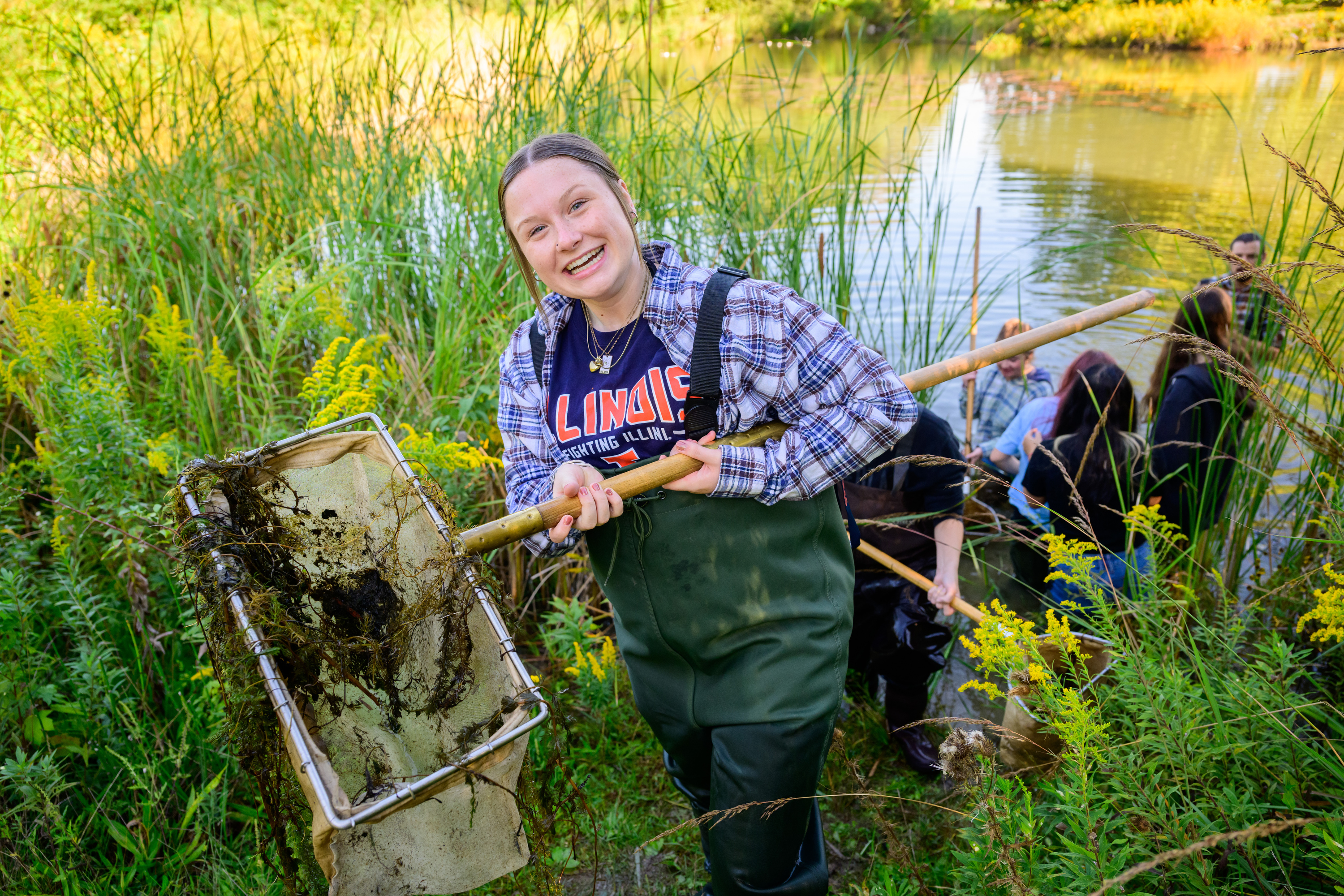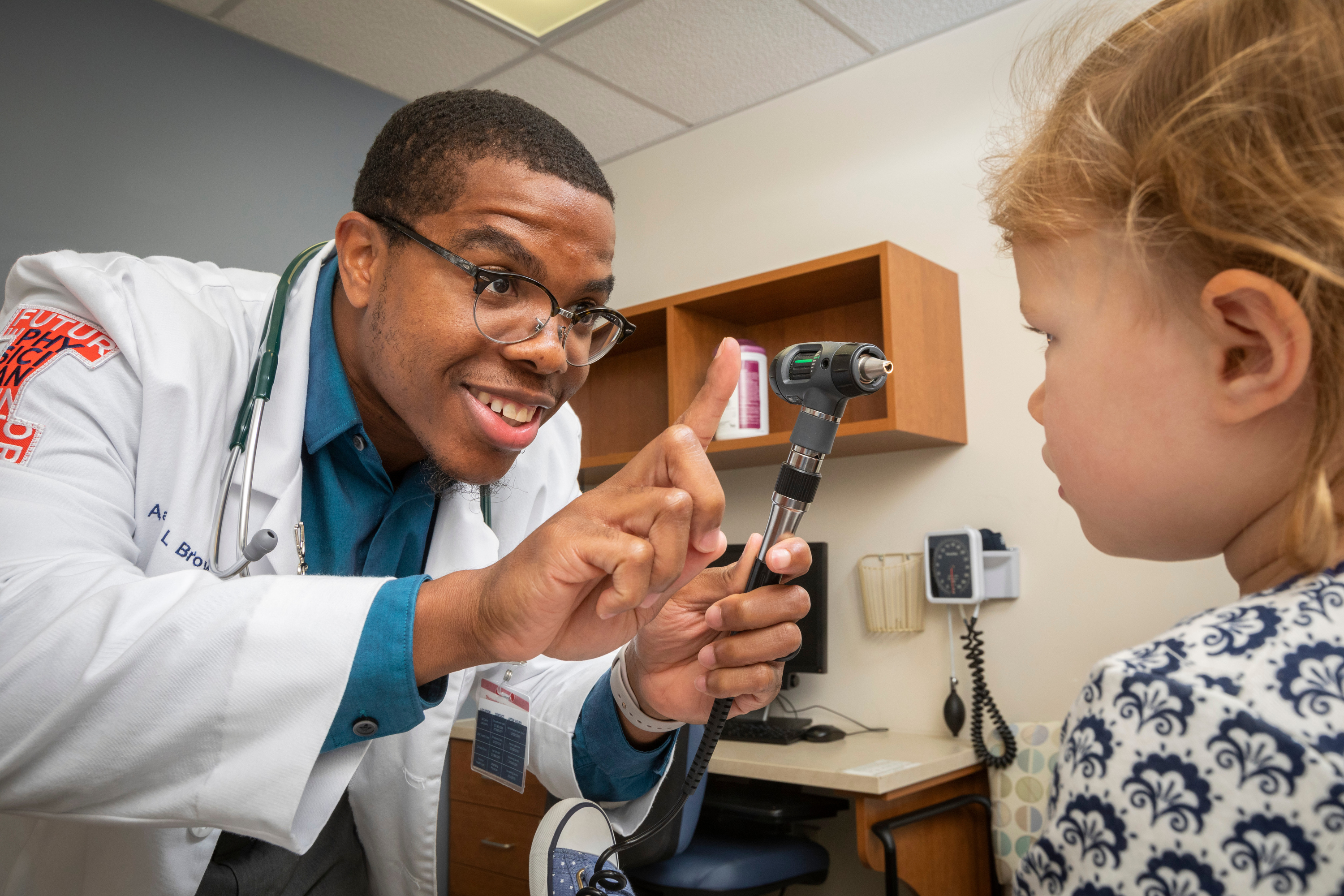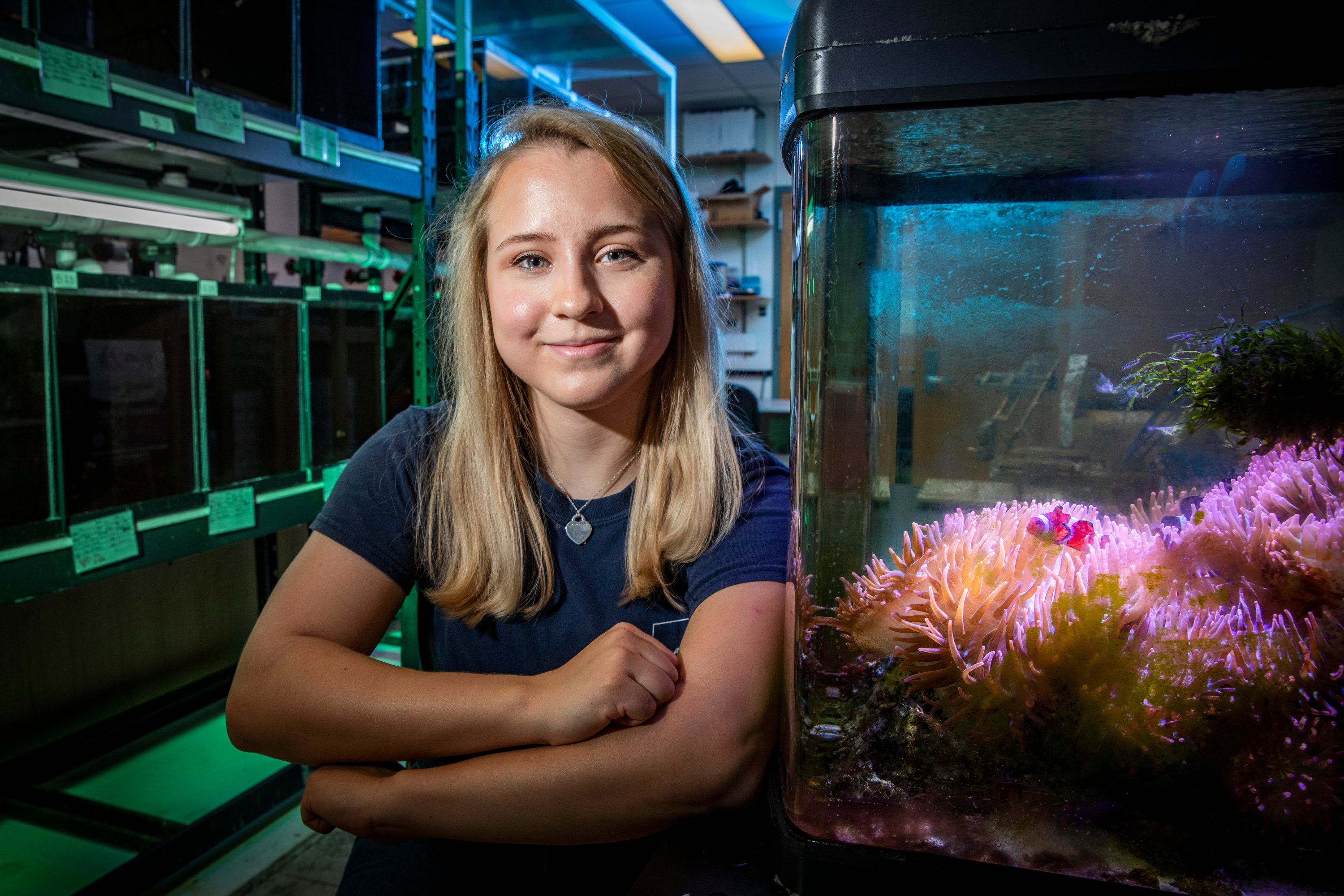Photographs are powerful messaging tools.
Photos contribute far more than just colorful images to a story. They enhance your story and help you tell it in a way that words alone cannot. Even more, strong photos can and should convey the spirit, tone and strength of our Illinois brand.
Hero and Secondary Photos
Hero and secondary photos should bring to life our brand personality: approachable, creative and curious. They should feature people, places and objects that highlight our brand pillars: innovation, community, momentum and discovery.
Hero photos should be distinctive and striking and focus on individual people, places and objects. Secondary photos should be smaller and feature content that provides context.
We’ve provided several samples that best exemplify our brand. For more options, explore the Illinois Image Database.
Photography Best Practices
Great photography showcases our university, supports our messaging and reinforces our Illinois brand. Follow these best practices to ensure your photography hits the mark.
Orientation
Keep in mind the photo’s end use. Responsive web pages, social media and printed materials all have different expectations and limitations of the images they display. Expand your options by taking both vertical and horizontal shots of your subject.
Focal point
Make sure you have a focal point for your photo. Focal points draw people into your image and have a big effect on image readability. Make the subject the main attraction.
Context
What is your subject experiencing? What events have led up to this point? Think carefully about the photo’s overall composition. Would a different location, better choices of clothing or props improve the result? Best method: Photograph people where they work and play.
Negative space
Don’t forget to incorporate negative space — empty space around the subject — in your images. This creates balance and helps emphasize the subject. It also allows text to be overlaid on the
photo more easily.
Attention to detail
Details matter. Avoid clothing with tight/busy patterns or all-white clothing, which cameras and monitors struggle to reproduce. Avoid showing clothing with logos from other universities, any content (e.g., t-shirts) with offensive messages, or branded food or beverage packaging as it distracts audiences and sends a mixed message.
Authenticity
Go for authentic, genuine, spontaneous images. Capture people as they naturally are in the moment.
Diversity and inclusion
Our campus is a diverse and welcoming place made up of people from a wide variety of social, cultural, ethnic, religious and economic backgrounds. Imagery should accurately reflect this important characteristic and never be manipulated to mislead a viewer. Avoid either understating or overstating the diversity of our campus community.
Brand colors
Look for opportunities to include brand colors in the overall composition of your photo. This can be achieved in the background, wardrobe, props or other objects included in the shot. When possible, choose images of students wearing school colors, especially when those images are used in highly visible settings (e.g., print publication covers, homepage hero images).
Lighting
Use plenty of natural light, but be cautious when photographing toward windows, as the brightness will make it difficult to capture the subject well. If you are not using lights, direct your subject to face the window so natural light illuminates them.
Location restrictions
Be aware that in some campus locations photography and recording are not permitted unless specifically authorized. Examples include museums, areas where animals are housed or used in research, laboratories or research centers or locations where intellectual property is created. Always check with the departments or units using that space to be sure a location is approved for a shoot.
Stock photography
Do your best to avoid using generic stock photography. Before using stock images, check our Campus Image Database. (See Photography Resources below)
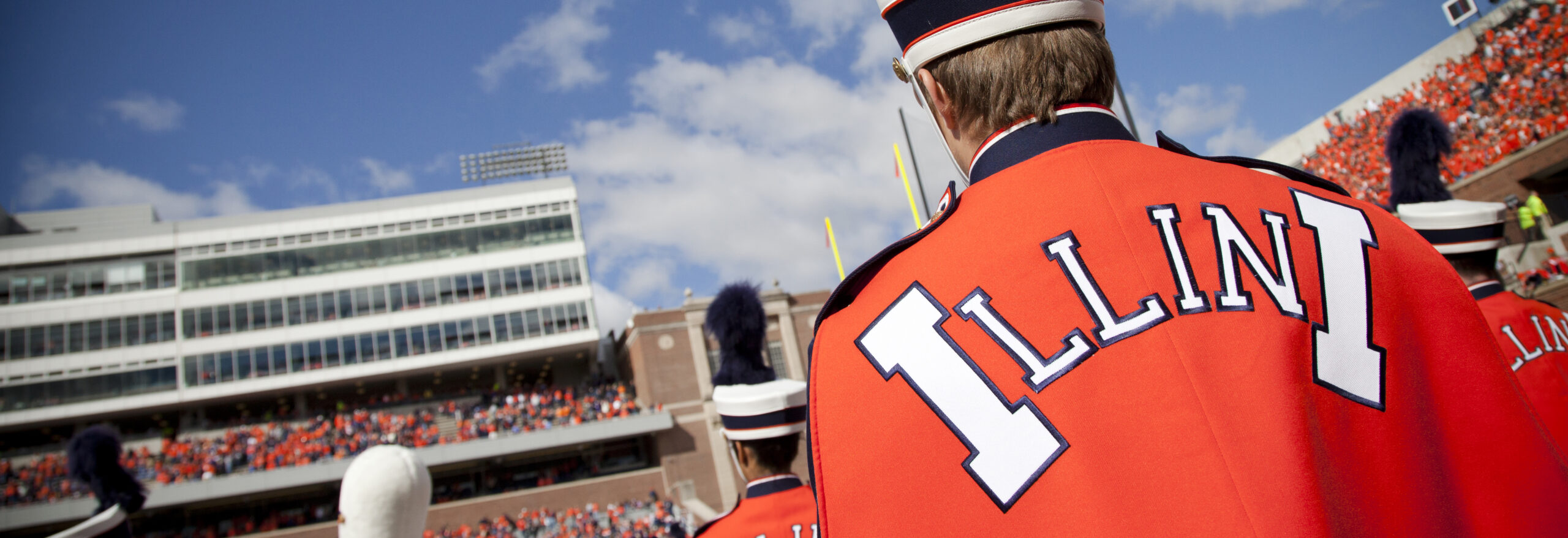
Respect Copyrights
Copyrighted materials cannot be altered without written permission of the copyright holder (generally the creator or source of the original photo). Photographs taken by university photographers and those from external freelancers or vendors are copyrighted materials.
Photographs supplied from the University of Illinois-Chicago, the University of Illinois-Springfield or from non-university entities cannot be altered without written permission from the copyright holder, even if the image belongs to the University of Illinois.
Exclusivity
Exclusivity in copyrighting means that the owner of the content (and copyright) enjoys sole rights that cannot be claimed by any other person or organization without explicit permission.

Image Formats
High-quality images support our university brand. Always save the image at the top quality and resolution to maximize your options, and then select the right image format for the intended usage.
Remember, file types that work great online may not work as well for printed materials. Some images can be scaled to large sizes while others cannot. Below is a helpful chart to get you started.
| If you need: | Consider these formats: |
|---|---|
| Transparency | PNG, WebP, TIFF, EPS |
| Animation | WebP, GIF (simple), PNG (limited) |
| Scalability | EPS* |
| Quality printing | TIFF, PNG, JPG |
| Web photos | JPEG, WebP |
Photography Resources
Our university resources can help you obtain the best photos for your uses. You might also find that your college or unit central office has image assets that it has created or purchased.

Campus image database
This database houses an extensive and ever-growing collection of thousands of images that include people, events, campus scenery and more.
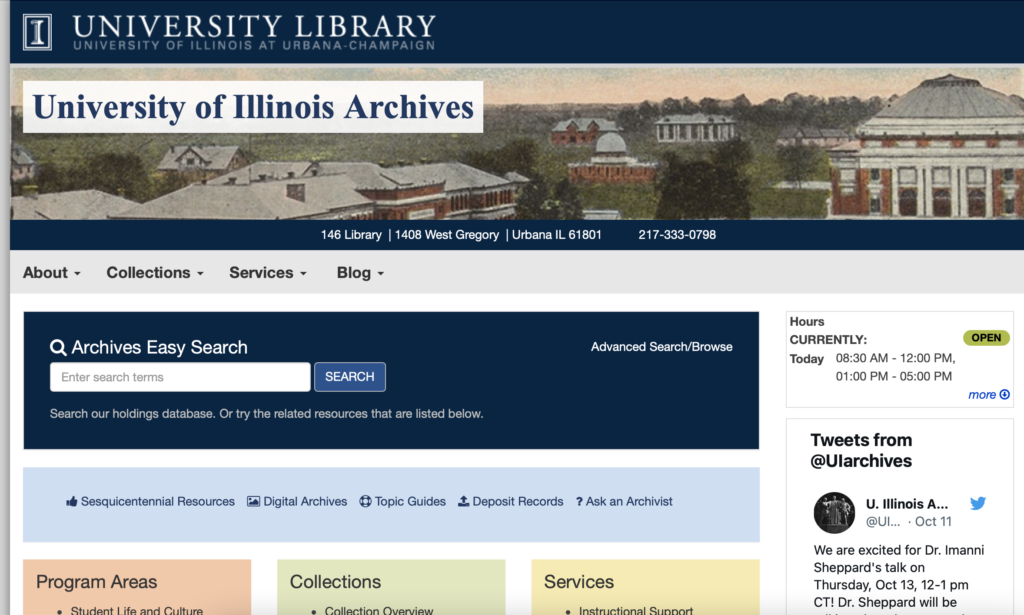
University archives
This database offers a robust collection of historical photographs maintained by the University of Illinois Archives.

Storyblocks
Storyblocks offers off-campus stock video, still images, music beds and motion graphic templates to faculty and staff for both instructional and marketing purposes.
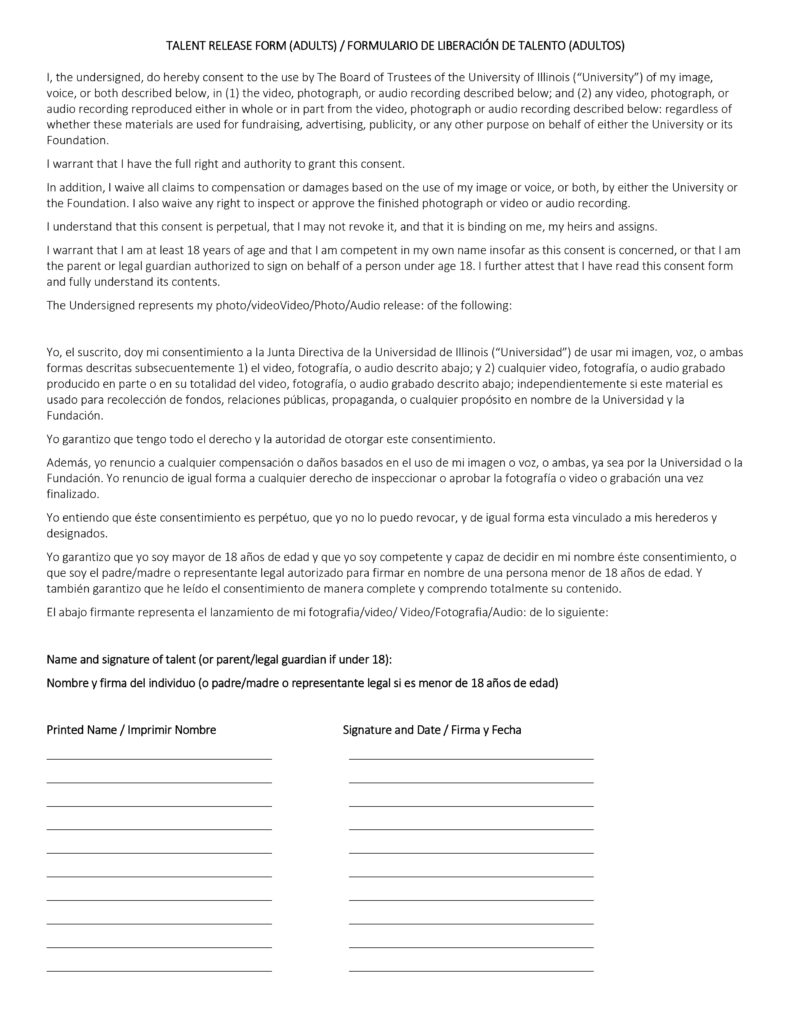
Release forms
All photographers taking photos on university property or of university events must follow our release protocol and obtain appropriate forms from any student, faculty member, staff person, minor or member of the public who is visibly recognizable and prominent in the photo.
